Obsidian, a naturally occurring volcanic glass, has long been a subject of fascination for archaeologists studying ancient Mesoamerican cultures. Its unique properties—sharpness, reflectivity, and versatility—made it a prized material for tools, ornaments, and religious artifacts. Recently, a groundbreaking study has shed new light on the Aztec (or Mexica) civilization's extensive trade networks and their reliance on obsidian. The research, published in the Proceedings of the National Academy of Sciences, analyzed an unprecedented 788 obsidian artifacts from Tenochtitlán, the capital city of the Aztec Empire. The findings reveal not only the origins of this valuable material but also the complex economic and cultural dynamics of the Aztec world.
Tenochtitlán, now buried beneath modern-day Mexico City, was the heart of the Aztec Empire. It was a bustling metropolis where trade, religion, and politics converged. The Aztecs, known for their advanced engineering, intricate social structure, and rich cultural heritage, relied heavily on obsidian. This material was not only practical but also symbolic, deeply intertwined with their religious and cultural practices. The study's lead author, Diego Matadamas-Gomora, a doctoral candidate at Tulane University, emphasized the significance of understanding obsidian's role in Aztec society: "By studying where this material came from, we can explore the movement of goods across Mesoamerica."
The research employed portable X-ray fluorescence, a nondestructive technique that identifies the geochemical fingerprints of artifacts. This method allowed the team to trace the obsidian back to its geological sources without damaging the artifacts. The results were astonishing: nearly 90% of the obsidian artifacts originated from the Sierra de Pachuca mountain range, a source renowned for its high-quality green obsidian. This particular type of obsidian was highly valued by the Aztecs, who referred to it as the "obsidian of the masters." Its unique hue and association with Tollan, a mythical city linked to the god Quetzalcoatl, made it a symbol of power and prestige.
However, the study also revealed a surprising diversity in obsidian types. The remaining 10% of the artifacts came from seven other locations, including Otumba, Tulancingo, Ucareo, and El Paraíso. Some of these sources were beyond the Aztec Empire's political borders, indicating that the Mexicas engaged in extensive trade networks with rival societies. This finding challenges previous assumptions that the Aztecs restricted trade with their enemies. Instead, it suggests a more complex economic system where goods circulated freely across political boundaries.
The artifacts examined in the study were unearthed during decades of excavations at the Templo Mayor, the main Aztec temple in Tenochtitlán. These findings provide a unique window into the past, revealing how the Aztecs used obsidian for both ritual and everyday purposes. The Mexicas' preference for green obsidian for ceremonial items highlights their cultural and religious values. However, the presence of obsidian from multiple sources in everyday tools, such as blades for cutting and scraping, underscores the practical necessity of maintaining a diverse supply network.
The study's findings also shed light on the evolution of Aztec society. In the early years of the empire, obsidian sources were limited. However, as the Aztecs expanded their territory through conquests, such as the defeat of the Tepanecs in 1430, the variety of obsidian types increased. This expansion of commercial networks reflects the growing power and influence of the Aztec Empire. Conversely, during periods of political instability, such as the rule of Tízoc between 1481 and 1486, the diversity of obsidian sources decreased. This pattern suggests that the availability of obsidian was closely tied to the political stability and dominance of the empire.
The research highlights the importance of nondestructive analytical techniques like X-ray fluorescence spectrometry in archaeology. John Millhauser, an associate professor of sociology and anthropology at North Carolina State University, praised the study's methodology: "Without it, we wouldn’t be able to study the histories of these artifacts in such detail." Millhauser emphasized that each new application of this technique adds a crucial piece to the puzzle of the ancient Mexica economy.
The study's findings have broader implications for understanding the economic and cultural dynamics of ancient Mesoamerica. The scale of the obsidian supply and distribution network is extraordinary, especially considering the vast number of people living in the region. The fact that obsidian tools were available in both urban centers and rural areas highlights the robustness of the Aztec economy. This widespread availability of obsidian suggests a highly integrated society where goods circulated freely, meeting the needs of diverse communities.
Looking ahead, Matadamas-Gomora plans to further explore the movement of obsidian across Mesoamerica. He aims to uncover how this valuable material traveled from its geological sources to Tenochtitlán and other archaeological sites. This research will provide a more comprehensive understanding of the trade networks that sustained the Aztec Empire and other Mesoamerican civilizations.
The study of obsidian artifacts from Tenochtitlán offers a fascinating glimpse into the complex world of the Aztecs. It reveals their sophisticated trade networks, their cultural preferences, and the intricate relationship between politics and economics. As archaeologists continue to uncover the secrets of ancient Mesoamerica, each new discovery brings us closer to understanding the lives of its inhabitants. The Aztec Empire, with its vibrant markets, rich cultural heritage, and extensive trade networks, stands as a testament to human ingenuity and adaptability. Through the lens of obsidian, we can appreciate the enduring legacy of this remarkable civilization.
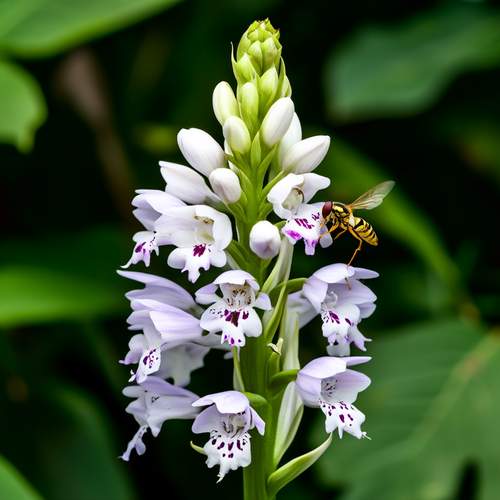
By /May 21, 2025
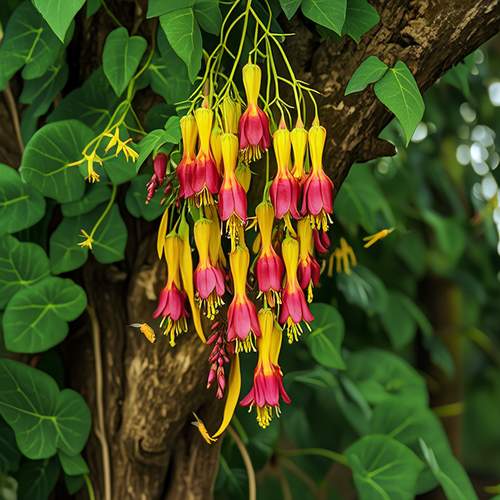
By /May 21, 2025

By Natalie Campbell/May 21, 2025
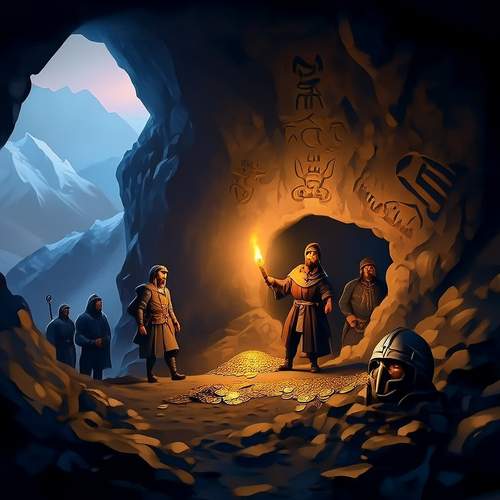
By Victoria Gonzalez/May 21, 2025

By Noah Bell/May 21, 2025
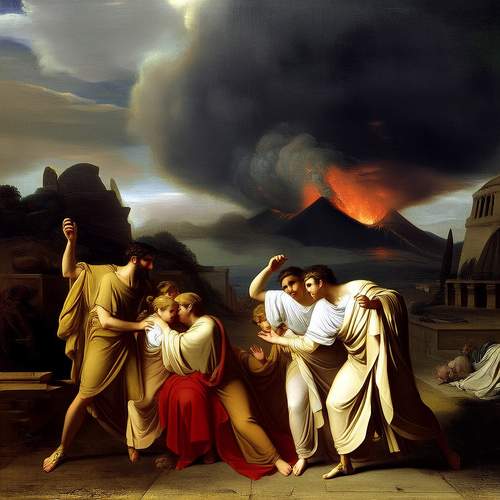
By Joshua Howard/May 21, 2025

By Olivia Reed/May 21, 2025
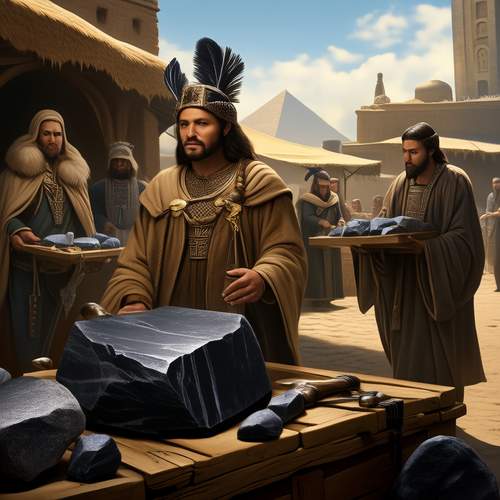
By David Anderson/May 21, 2025
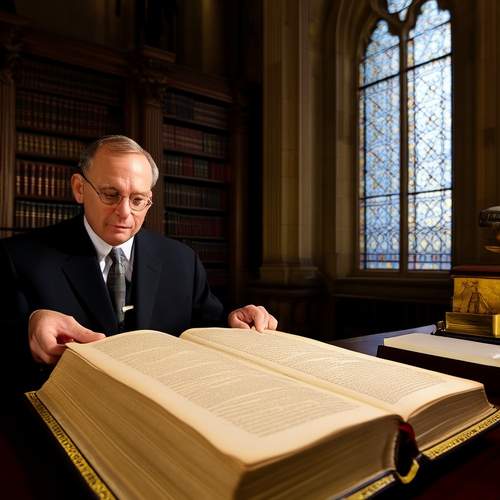
By Victoria Gonzalez/May 21, 2025
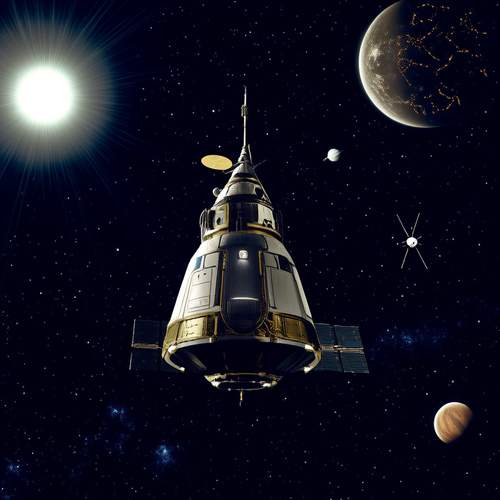
By Sophia Lewis/May 21, 2025

By Daniel Scott/May 21, 2025
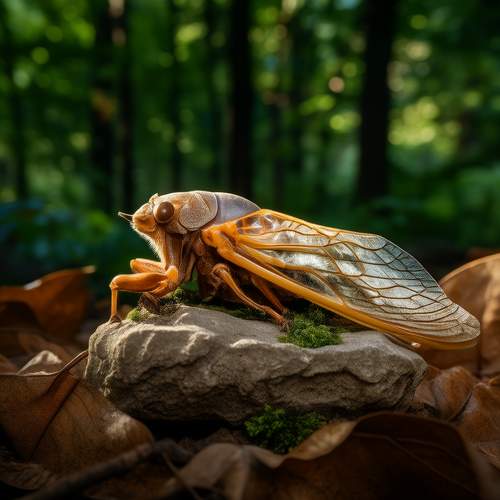
By Jessica Lee/May 21, 2025
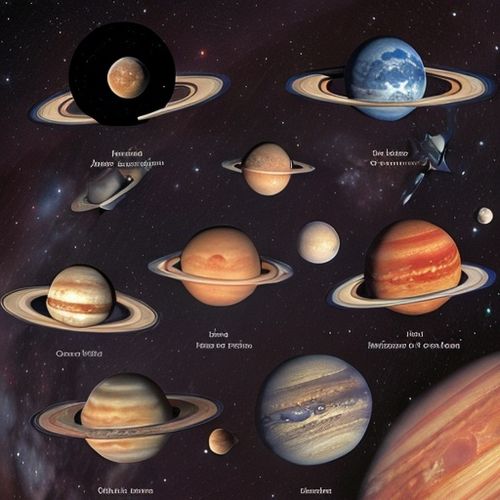
By Jessica Lee/Dec 22, 2024

By Emily Johnson/Dec 22, 2024
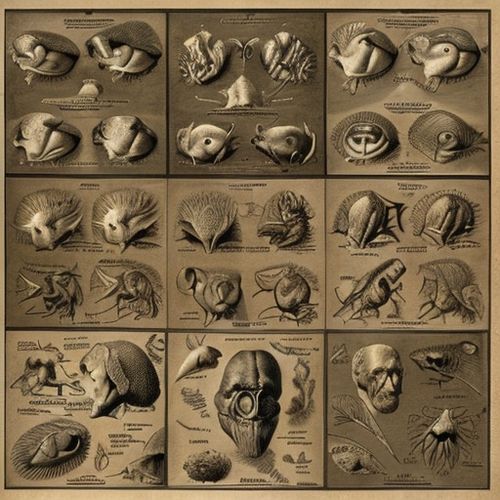
By Elizabeth Taylor/Dec 22, 2024

By Benjamin Evans/Dec 22, 2024
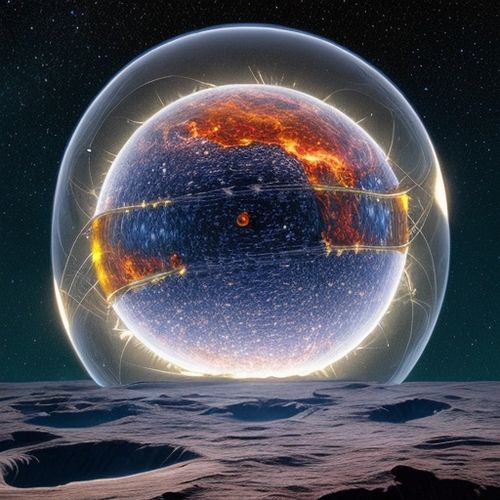
By Elizabeth Taylor/Dec 22, 2024